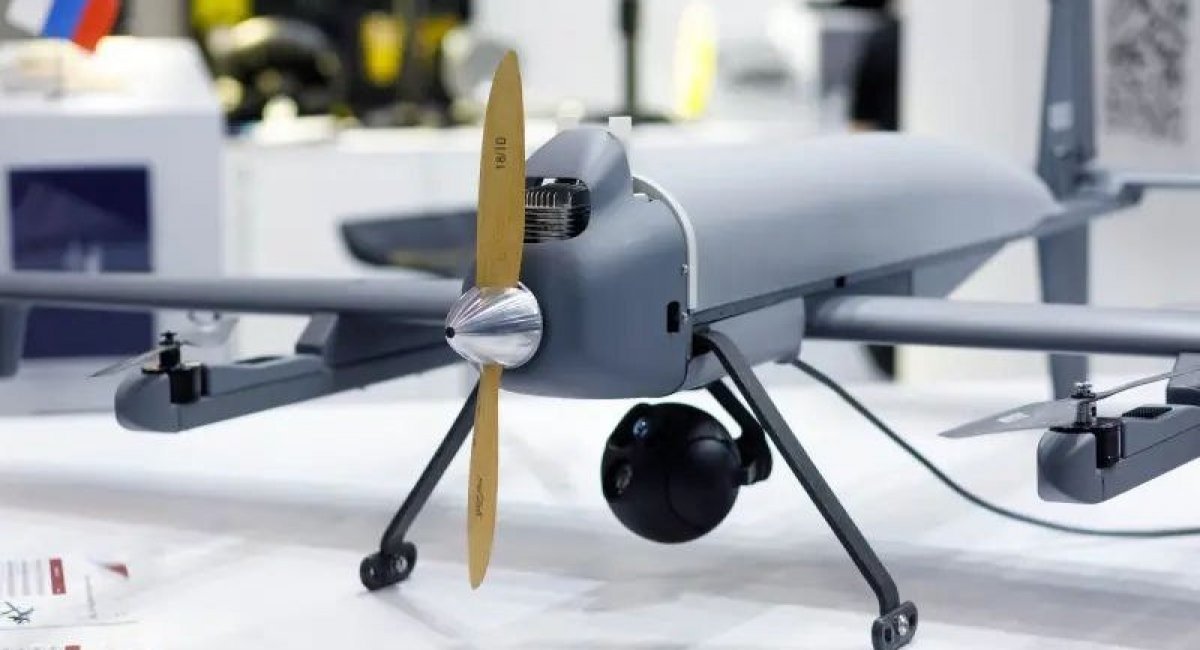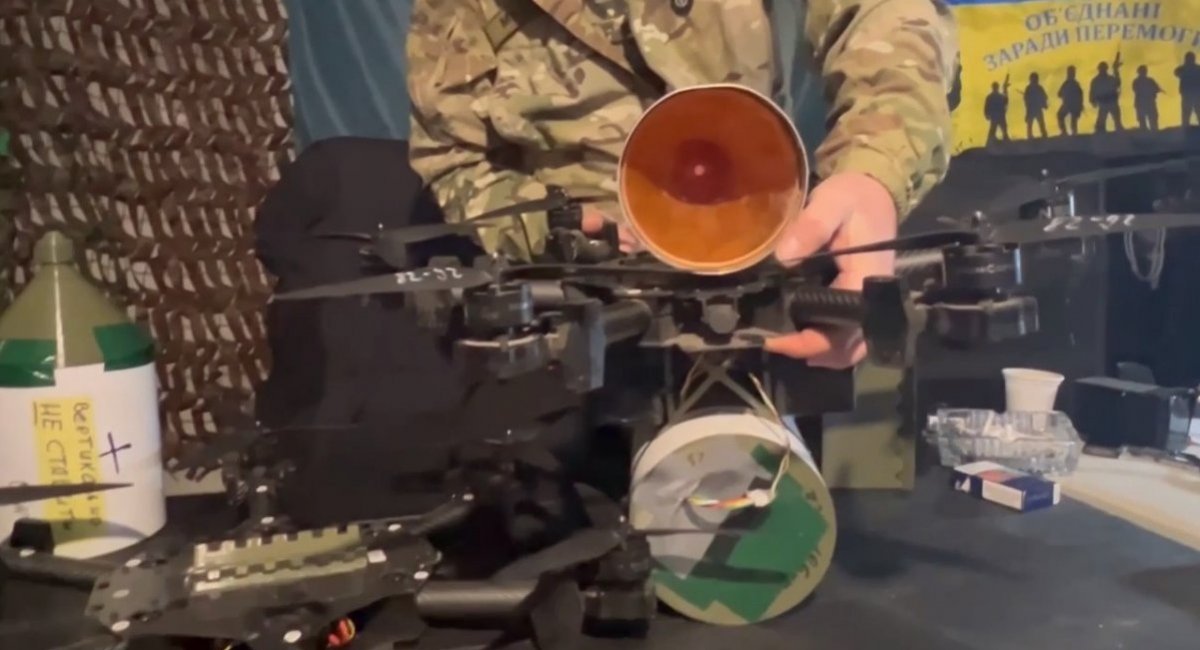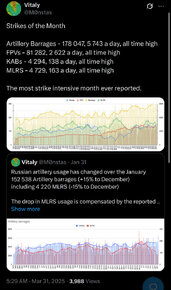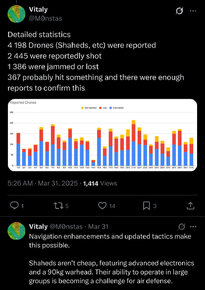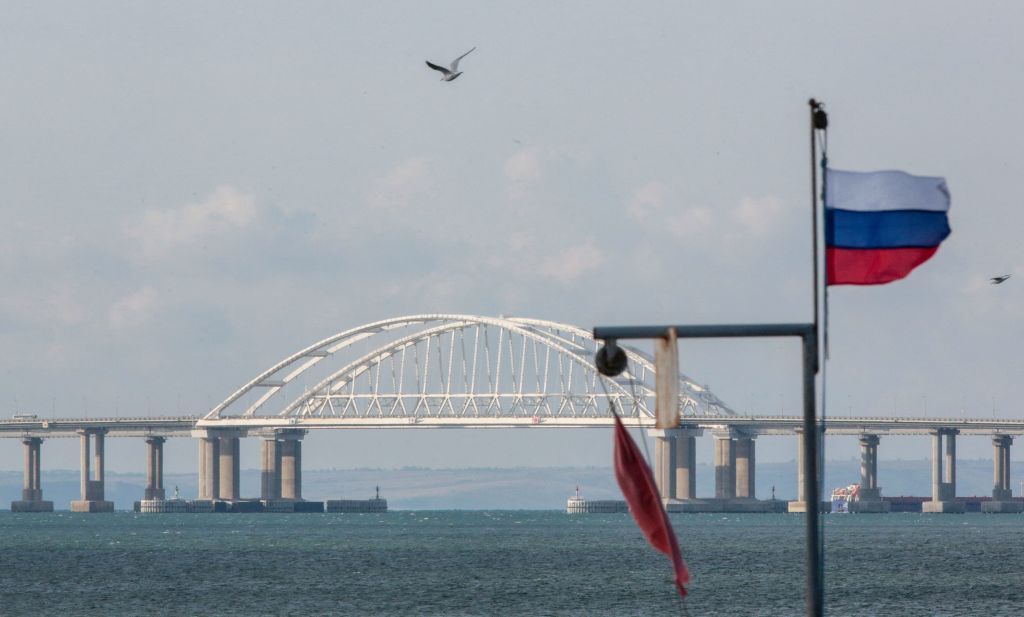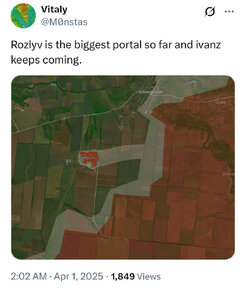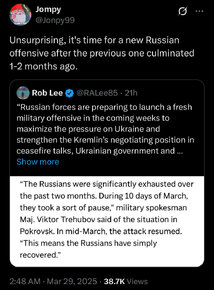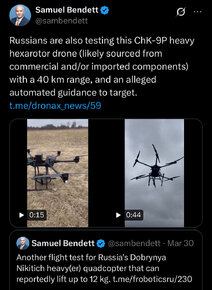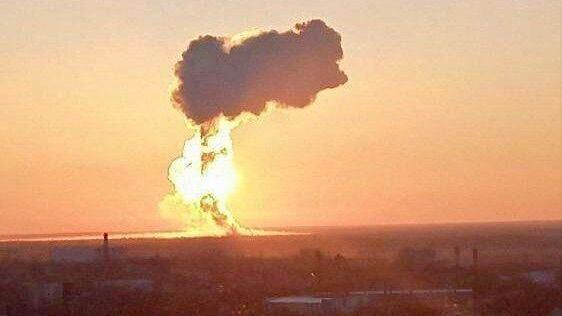There have been similar reports for months now. I wonder if it is actually the case though. Don’t quote me ln the correctness of the timeline, but I would put the first time I heard about the 40 km range for an FPV drone probably last summer, if not earlier. It was reported by the Russians, I believe, that they now had this capability. It was then confirmed by Ukrainians (re the Russian capability). Then Ukrainians got the same capabilities, reportedly. And back and forth like that. Here is a report from last September talking about the Russian standard FPV drone operators hitting Ukrainian targets 40 km away (a Ukrainian outlet, in English):
FPV drones have proven to be an effective means of attack, so now the question is who will improve the capabilities of this weapon faster, better, and on a larger scale

en.defence-ua.com
They are suggesting that a “mothership” is used for such attacks. I have read about other technologies as well. Ukriane had likely used their sea drones for the “mothership” hitting targets in Crimea, far away from the frontline (I would have to dig up the videos). The interesting thing about those videos was that none of the targets had any kind of drone protection, indicating that there was zero expectation of the possibility being struck with an FPV drone this deep inside.
Then, there were reports about Russians using fiberoptic drones with a 40 km long wire. Later, Ukrainians reported that now they have the capability as well. For example, an article from the same outlet as above, from January:
The new record-breaking product of affordable drone warfare and a few implications of the drone race that this warfare entails

en.defence-ua.com
What is interesting (to me) is that the distance reported is always 40 km. Maybe it is not really that interesting though, haha. Previously it was 20 km, a kind of cap.
I am sure we will see some “epic” and mind blowing stuff (literally and figuratively) and there is a good chance it will happen rather sooner than later. The whole development is pretty interesting. Things come and go. Yet, some stay for the long haul. Remember those incendiary drones (the dragons or whatever it was they called it)? Lots of hype at the time, but turned out to be a propaganda gimmick (which was predicted here) and we do not see it getting further development, at least at this time. Many other things. It seems that entire groups of the most “famous” drone operators, ie the volume of videos posted, have virtually disappeared and were replaced by someone else, operating better technology. Go figure.
Yes, cost is always a factor, no doubt.
I wonder how much repair stuff is actually happening in the field in this environment though. Probably next to none. I would think that once the vehicle is struck and immobilized, the survivors bail more often than not (we can probably say “always” if we remove the outliers and won’t be far off from the truth). We have seen plenty of videos showing what happens to those who don’t.
The “modern” Geran/Shahed has a range of about 1,300-1,500 km and they mount cameras on them nowadays. But it is about extremely cost effective FPVs in particular that seaspear is talking about.
General stats for March based on the Ukrainian GS reports:
View attachment 52593
View attachment 52592
Today (yesterday?) was the first time no Shades were reported at all. This is the first time since Dec 10, when the pause lasted for 3 days and then big strikes with the accumulated stock followed in days ahead (this is per the same dude cited above).
Didn’t Ukrinform report that? Lol.
That was probably the biggest waste of these missiles. Russians claimed to intercept all 12 missiles that were launched. Traffic on the bridge was reportedly stopped for about 4 hours.
Russia downed 12 ATACMS launched overnight by Ukraine as part of an attack on the Crimean Bridge, Russian state-controlled news agency RIA Novosti reported on Aug. 16, citing the Russian Defense Ministry.

kyivindependent.com
Ukraine launched its surprise incursion into Russian territory on August 6.

www.newsweek.com
Note that the traffic restrictions were reported by a Ukrainian propaganda outlet indicating that it probably happened. Provided that the restrictions had only lasted 4 hours, it could very well be the case that the Russian interception reports were also true and no “potholes” were created. Whether it was 12 missiles or more, who knows. What this new report does is it confirms that it actually happened and gives validity to the Russian claims. It was outright rejected by many as Russian propaganda previously.
Funny thing: the Kiev Independent report cited above says “illegally” constructed bridge. The Newsweek report says “legally” constructed bridge. Lol.
Any evidence they lost less? Common sense would suggest that they may have lost more with the strategy they chose instead.
It was known to be a failure on the first, second, or third day, tops. It was previously reported by Washington Post as well and summarized by me here. They tried until they completely exhausted their resources, while moving nowhere. The “trying” resulted in dismissal of Zaluzhny and appointment of Syrsky, who clearly, as very nicely outlined in the article, followed Zelensky’s showtime agenda.
So basically a failure of strategic planning based on feelings.
What they did is split the manpower; thus, leaving insufficient resources for any of the three directions, which led to the writing on the wall - that is, it was bound to fail.
They went for Bakhmut, in my opinion, due to the showtime mentality. The political actors (namely Zelensky) created a Bakhmut tale of epic proportions and then they, completely baselessly and erroneously, thought that it might be an easy target. They were wrong. These constant miscalculations about the Russians basically cost them this war. Low morale, they won’t fight, Putin’s embarrassment that should lead to some irrational decisions, etc. We now have what we have. No war planning should ever be based on this. Especially when you had already clearly showed lack of understanding the first time. This “we know Russians, trust us” proposal is extremely dangerous. Which is rather funny because the Ukrainians follow the script to the tee quite often themselves. See the Bakhmut counteroffensive as the greatest example.
Why?
What advantage? Less men? Men who are less prepared and motivated? More bombs from the Russians? Introduction of fiberoptic drones? While less Russian armour (questionable and not as crucial for the defensive purposes), but more and arguably more motivated Russian troops? And so on.
It is highly unlikely they will ever see another “bulk” delivery of equipment and ammunition, including artillery, as they had during the preparation for the 2023 counteroffensive. I said back then (before and after) that that was their one chance. They failed. Moreover, they showed lack of strategic planning then and since, as well as propensity to waste a tremendous amount of resources for showtime and very little returns (none, actually). What we will see from now on, in my opinion, is counterattacks that take some land, lose some, but overall Russian advancement in most (or all) directions. And then it will be over in some way. I could be wrong and time will tell. Many reasonable people predict that this will be over in 2025 or first half of 2026 at the latest. I do not have anything solid and evidence based to counter that perspective.
It appears those have been obsolete for a very long time now, as far as this conflict is concerned. One of those things I mentioned earlier that went into the sunset and never returned.

 tass.com
tass.com



